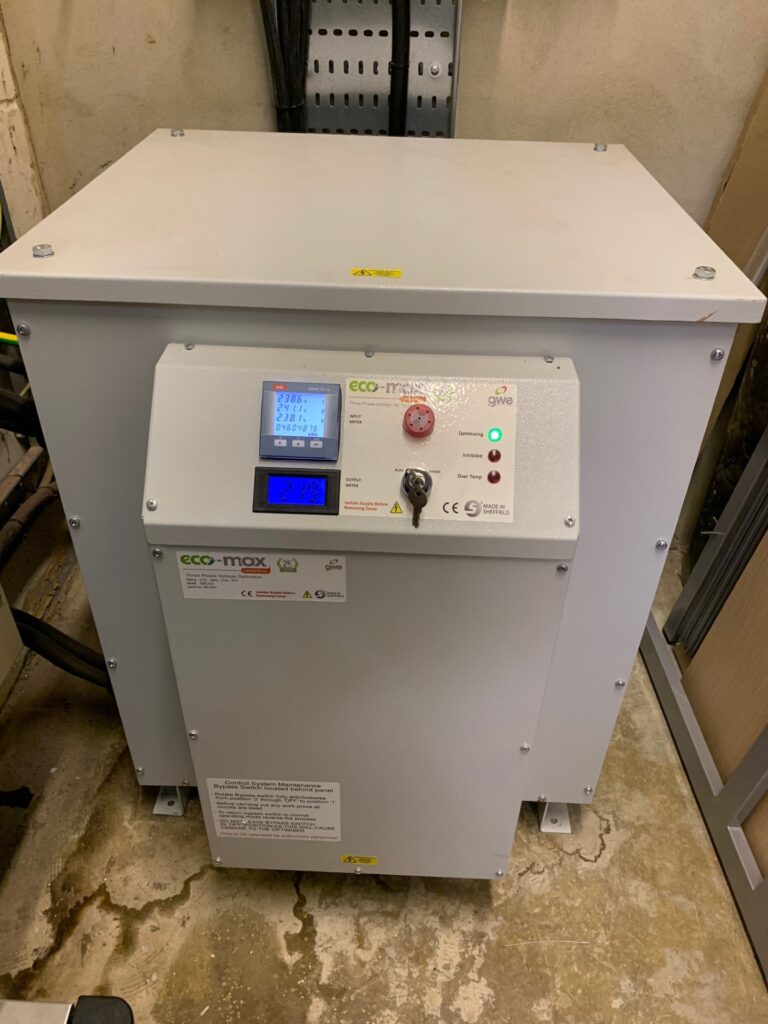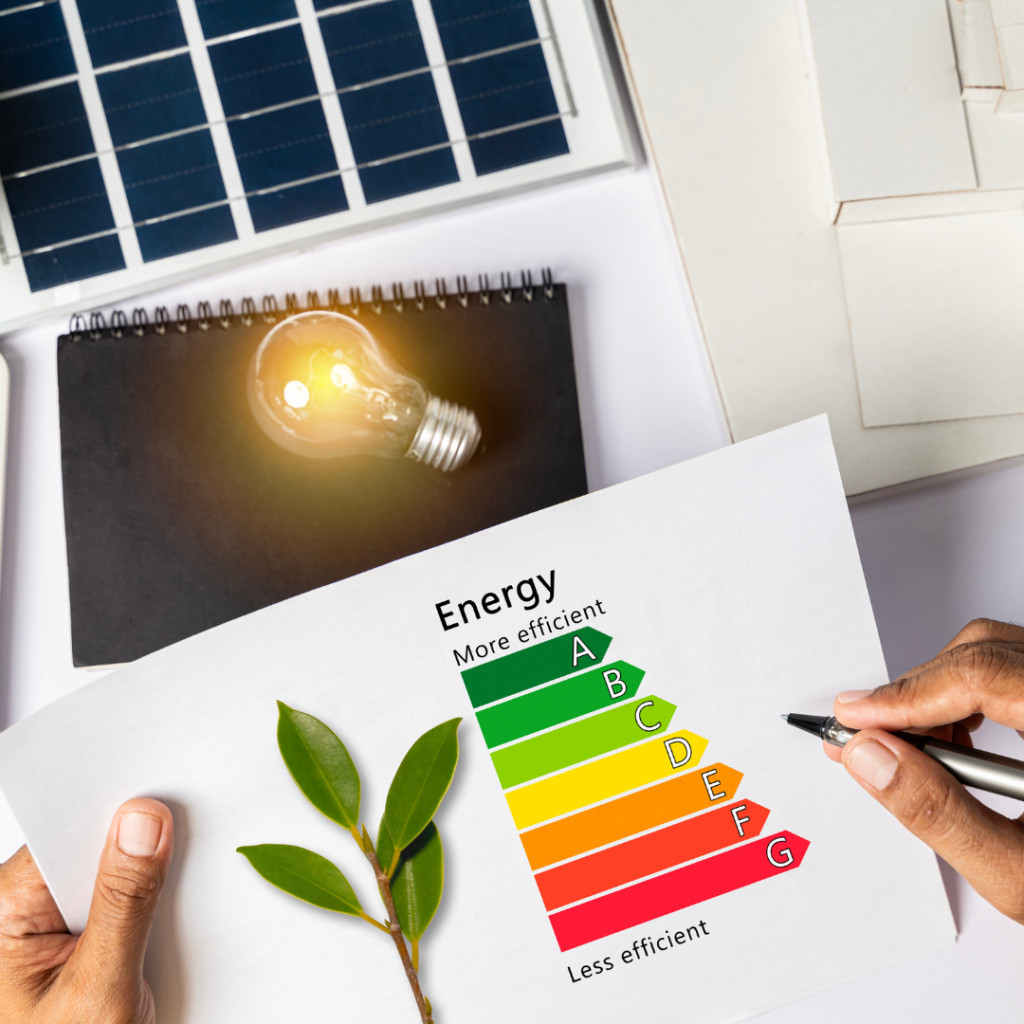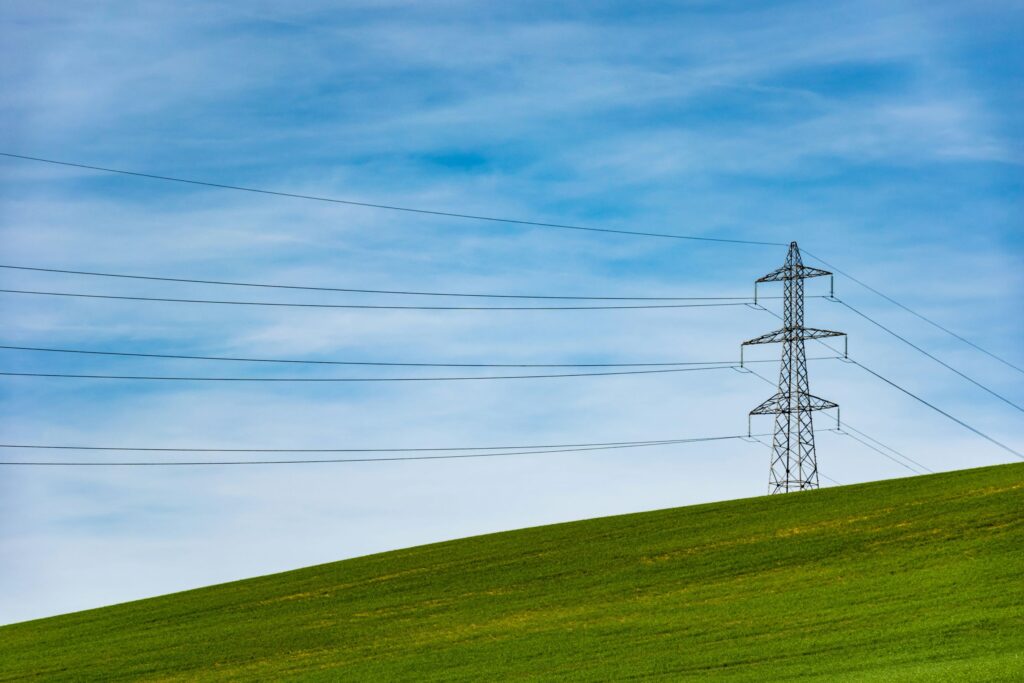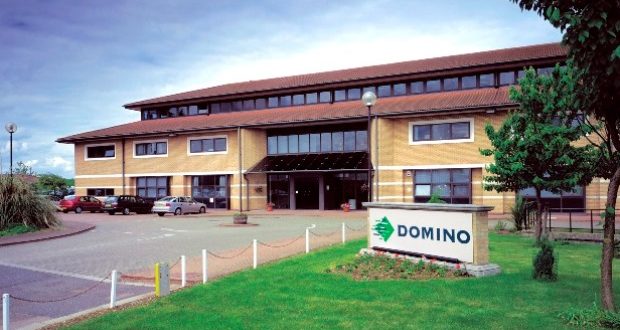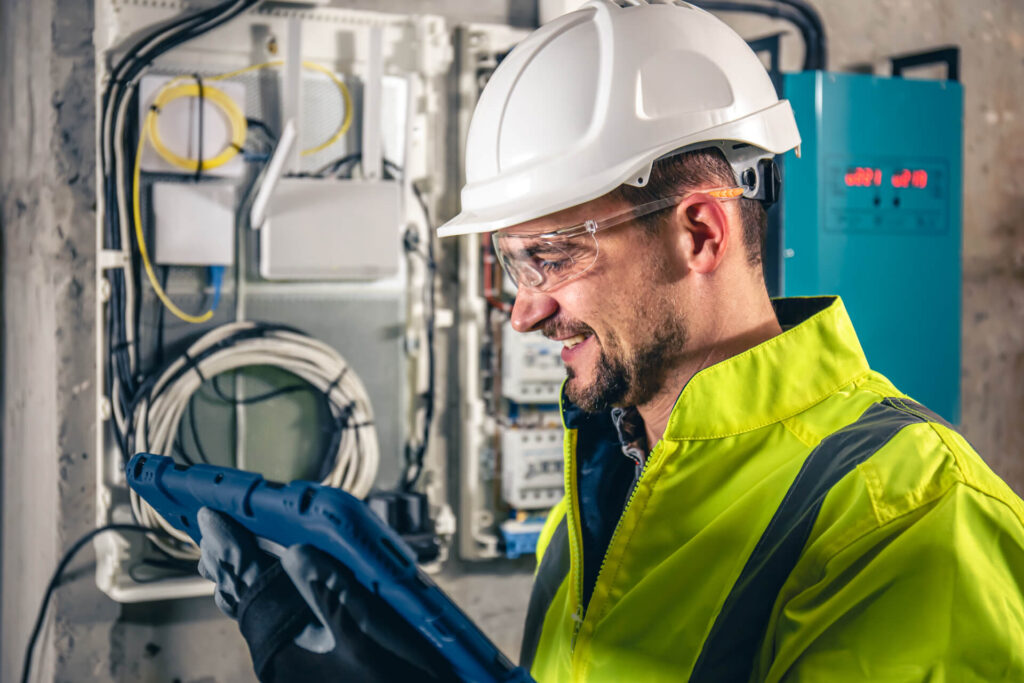How can you reduce your business’s energy consumption? As a business owner or someone who deals with a company’s energy or facilities, being aware of the different options for lowering your energy use is highly important, especially in our modern society where energy efficiency is becoming more pivotal than ever. However, with so many potential steps that you could consider as part of this, knowing where to begin with this all-important choice is tricky; luckily, our experts at PowerDown220 are here to help you find out more and take the right steps for your brand.
How Can I Reduce My Business’s Energy Consumption?
Reducing your business’s energy consumption isn’t necessarily a one-size-fits-all situation, and this requires a multifaceted approach that addresses various aspects of your operations.
As part of this, ideally, you should start by carrying out an energy audit to identify any potential areas of inefficiency, allowing you to prioritise opportunities for improvement. Energy consumption audits will usually cover factors such as lighting systems, HVAC equipment, office equipment, production processes, and building envelopes.
Once you have carried out an energy audit, the next step in reducing your brand’s energy consumption is to implement energy-saving practices. There are several ways you could go about this, such as installing energy-efficient lighting fixtures, upgrading to higher-rated appliances and equipment, optimising heating and cooling settings, and using programmable thermostats to reduce energy usage during off-hours.
Finally, it’s also important to encourage employee engagement with energy-saving goals by promoting more efficient behaviours. As part of this, turning off your business’s lights and equipment when not in use and providing training on energy conservation practices can both help lower consumption and ensure energy is not wasted.
What are the Most Efficient Methods to Reduce my Business’s Energy Consumption?
Not every method for lowering energy consumption in your brand is necessarily equal and in line with this thought, it’s worth considering which of the options is the most energy-efficient. Generally speaking, of these different options, perhaps the most influential is implementing energy-efficient equipment and systems, which consume significantly less energy; they typically also have longer lifespans compared to traditional products. Once you have upgraded your equipment, looking to improve employee behaviours to limit energy wastage can also be an important step.

Why is Reducing Energy Consumption Important in a Business?
At this point, we’ve considered some of the main ways that businesses can lower their energy use – but why does this matter? Well, reducing energy consumption is important for businesses for several reasons. Firstly, it helps lower operating costs, which can improve profitability in turn by reducing energy bills and overhead expenses. In addition, cutting the amount of energy used can also reduce carbon emissions and limit the environmental impact, thereby contributing to social responsibility goals and sustainability initiatives – all of which can enhance the brand’s reputation among its customer base.
As such, by reducing energy consumption, businesses can achieve significant cost savings while also supporting environmental benefits and even a competitive advantage against the brand’s competitors.
What Can I Do If I Begin Noticing my Business’s Energy Consumption Increasing?
If you have noticed that your brand’s energy consumption is increasing, there are a few simple steps you could follow to help ensure that your business isn’t being unnecessarily wasteful. Several key suggestions may include the following.
1. Conduct an Energy Audit: The most important first step, as we mentioned prior, is to conduct an energy audit to identify areas of inefficiency and pinpoint sources of increased energy consumption. As part of this, you may want to consider checking your recent utility bills, inspecting equipment and facilities for signs of malfunction or deterioration, and assessing energy usage patterns.
2. Identify Potential Causes: Once you have completed your main audit, you’ll want to look at identifying any potential causes of increased energy consumption. Some of the most common causes might include malfunctioning equipment, inefficient processes, changes in occupancy or usage patterns, or external factors such as changes in weather or utility rates.
3. Address Equipment and Maintenance Issues: If malfunctioning or outdated equipment is identified as a contributing factor to your brand’s energy consumption struggles, you’ll need to, take steps to repair, replace, or upgrade the equipment as needed. Going forward, scheduling regular maintenance for your business’s equipment can help you ensure optimal performance and efficiency.
4. Implement Energy-Saving Measures: There’s always room for improvement, and implementing energy-saving measures, strategies and best practices can allow you to reduce energy consumption across your business operations.
5. Monitor and Track Energy Usage: Once the problem has been addressed, taking a proactive approach can help prevent issues from arising in the future. As such, implement systems to monitor and track your brand’s energy usage in real-time, which will allow you to identify anomalies and trends as they occur.
6. Engage Employees: Your teams play a direct role in the business’s energy consumption; as such, engaging them with your brand’s efforts to reduce energy use is essential. Try to encourage your staff to participate in energy-saving initiatives by raising awareness about the importance of energy conservation and providing training on energy-saving practices.
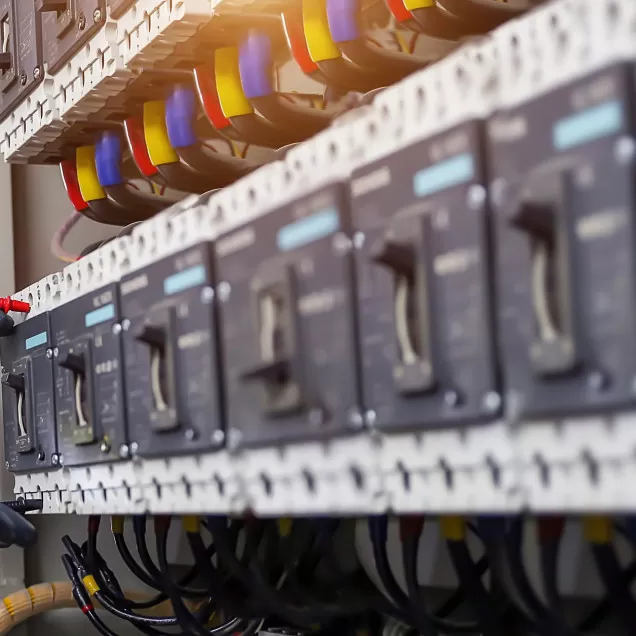
Final Thoughts
If you have been looking to improve your brand’s energy efficiency, there are several steps you could potentially take. As part of this choice, it’s highly important to consider the different options available, and we’ve outlined some of the main things you should know today to help with this. So, don’t leave this to chance; make sure you’ve got the right energy solutions in place to help.
And, if you need any further guidance or support with your business’s energy consumption needs, contact our friendly team here at Powerdown220; we’ll do our best to help you find the optimal strategies for your own energy consumption needs, too.
